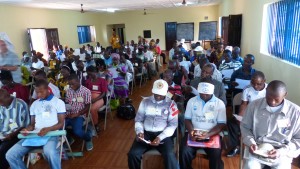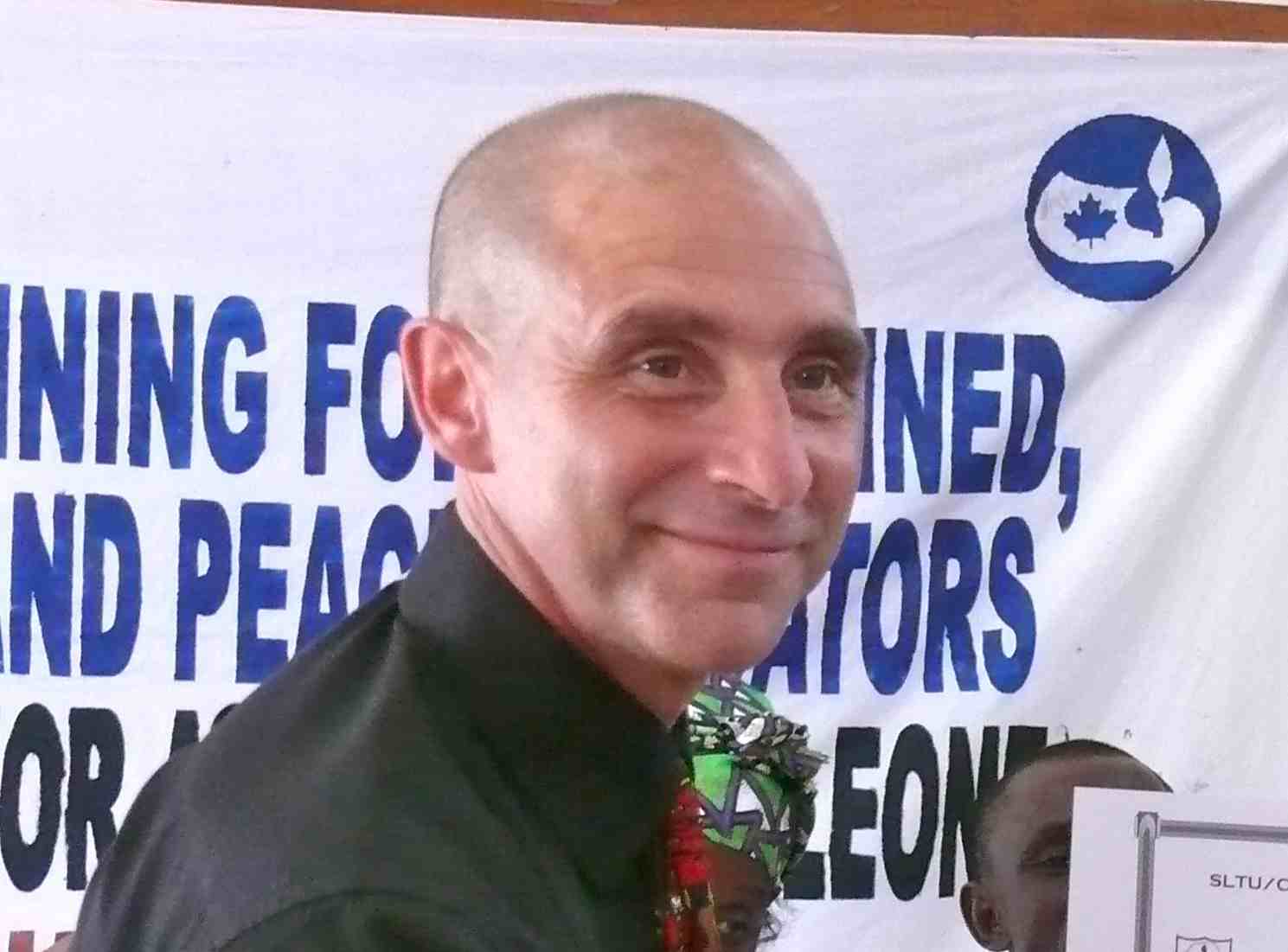Every classroom has bulletin boards, some have one, some have 10! It all depends on the space you have and how you plan to use it. It is easy to set something up with plans for it to change or evolve, only to find that 4 months later you haven’t touched it, taught to it, or even referenced it!!
In my experience, Bulletin Boards end up falling into 1 of 3 categories: Teaching Tool, Art Gallery, or Wallpaper. Some bulletin boards are a blend of two or even all three of these categories. It is important to make the most of the space you have on your walls, while being cognisant of the fact that many children find too much stuff on the walls to be distracting.
When planning your walls, make sure you check with health and safety regulation, as many school boards have a maximum percentage of walls space that can be covered to stay within the fire regulation. So before you hit pinterest for some great ideas, make sure you are even able to cover the space! In my classroom, I have 5 large boards that cover almost every space that isn’t blackboard, windows or doors. The space that the bulletin boards cover is actually above the maximum percentage I can have covered in paper!! So I can’t paper back my boards as it is a fire hazard.
Many teachers like to paint their boards so they look crisp and clean all year. Again, double check with health and safety, as it is often an issue as it adds weight to the board which might not have been considered when mounting it. Especially if you are the 10th person in the classroom to paint them because the previous colours didn’t suit anyone’s decor!
Once you have established what your health and safety guidelines are, you can start to think about what is going on the walls. Ask yourself a few questions before you put something up there.
1. How will this help the students? While a Word Wall CAN help students, if you slap it all up before school starts and casually refer to it from time to time, it is not a useful tool and it is just wallpaper. Make sure you teach to it. Make it with the class and do it organically!
2. Is this something we need up for more than just today? If you only need it for the immediate future, don’t make a whole board of it. If you want to show off student work, I find the hallway is the best place for this type of thing. It gets more “traffic” from other teachers/students/parents, and it isn’t a distraction to learning. If you do need it for more than just today, you may want to ask a few more questions before you decide where to put it!
3. Do I need to put it all up right away and on my own? As teachers, we hate to look or feel like we aren’t organized, prepared, and ready to go! I recall as a young teacher, putting up bulletin boards before the first day of school. Yes, sometimes I taught to them, but generally they were just wallpaper. Many of us are guilty of putting up the whole word wall kit the day we get it! It just looks so pretty when it is done! Put it up gradually, and with the class! This will make it a more meaningful teaching tool. As teachers, we like everything to look complete and not “in progress” – but having the word wall with just 3-4 words up in September is what your students need!
4. Am I done with this? If you aren’t using it anymore, and the kids aren’t, take a picture of it and take it down! The more “stuff” you have on your walls, the harder it is for students to find what they are looking for. If you don’t need it anymore, take it down!
5. Are the kids using this? Even when you read the research, do the work, cut, past, laminate, and put up a beautiful board, the kids may not respond to it and it may not be useful to them. If you put up a board for math showing single digit addition strategies to start off the year, if they have all mastered it by December, they probably aren’t using it anymore. We have a tendency to keep things up in lieu of blank space to avoid looking like we aren’t accomplishing anything as a class! If they aren’t using it, take it down, or teach to it more, modify it, model how to use it. If after teaching to it more, they still aren’t using it – TAKE IT DOWN!!
There are thousands of blog posts and pinterest boards dedicated to amazing bulletin board ideas. Before you put one up, make sure it is actually something you need, that will get used, and that you install it in such a way that the students know how to access it.
There are great blog posts about what to do with your bulletin boards when you are done. My personal favourite is to snap a picture and create a bulletin board binder. That way, if there is still one of two children in the class that still need that bulletin board, they can go to the binder and look at it all year long! It will also serve as a nice reminder of how they looked if you end up needing to recreate it another year!




